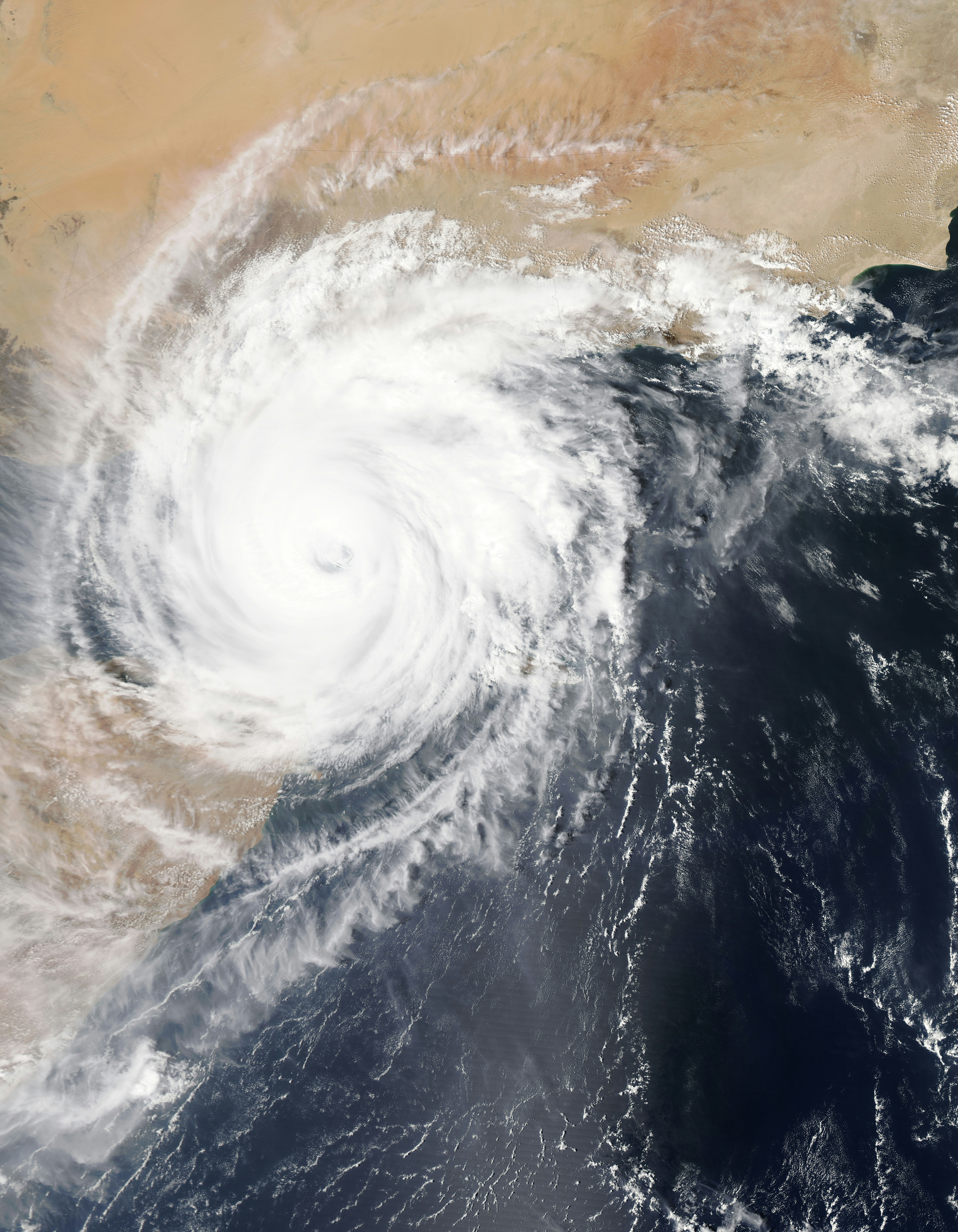Aggravated by climate change, the coming years may see such catastrophes coming more frequently and with a higher impact than ever before. But, there is hope even at such a time where all hope seems to be fading away. The advancement of big data platforms gives hope for a new way of averting catastrophes. The proliferation of big data analytics technology promises to help scientists, humanitarians, and government officials to save lives in the face of a disaster.
Technology promises to help humanitarians and scientists to analyze information at their disposal that was once untapped and make life-saving decisions. This data allows prediction of disasters and their possible paths and enables the relevant authorities to prepare through mapping of routes and coming up with rescue strategies. By embracing new data analytics approaches, government agencies, private entities, and nonprofits can respond to catastrophes not only faster but effectively.
With every disaster, there are massive amounts of data. Therefore, mining data from past catastrophes can help the authorities gather knowledge that helps predict future incidences. Together with data collected by sensors, satellites, and surveillance technologies, big data analytics allows different areas to be assessed and understood. An example is the Predictive Risk Investigation System for Multilayer Dynamic Interconnection Analysis (PRISM) by the National Science Foundation, which aims to use big data to identify catastrophic events by assessing risk factors. The PRISM team consists of experts in data science, computer science, energy, Agriculture, statistics, hydrology, finance, climate, and space weather. This team will be responsible for enhancing risk prediction by computing, curating, and interpreting data used to make decisions.
A project such as PRISM collects data from diverse sources and in different formats. However, with interoperable frameworks enabled by the modern big data platforms, complexities are removed, and useful information is generated. Once data has been collected, cutting-edge analysis methods are used to draw patterns and potential risk exposure for a particular catastrophe. Machine learning is used to look at anomalies in data, giving new insights.
Knowing a history of a particular area, such as an area that has been receiving floods and by how much, provides useful information for mapping out the flood-prone areas and developing strategies and plans for where to store essential rescue resources beyond the affected areas. Google, for example, is using artificial intelligence to predict flood patterns in areas such as India. This has enhanced the accuracy of response efforts. In other countries, drones are now used to gather data about wildfires.
Responders can handle emergencies by using data generated by sensors and wearables, and other personal technologies. Devices such as mobile phones, smartwatches, or connected medical devices can be analyzed to help in setting up priority response and rescue efforts. Also, by assessing social media timestamps or geotagging locations, a real-time picture of what is happening can be drawn. Data from social media is direct and offers valuable insight from users. Lately, social media giants such as Facebook allows individuals to mark themselves are safe during a disaster. This is helpful for responders and friends and family who want to know the whereabouts of their members.














